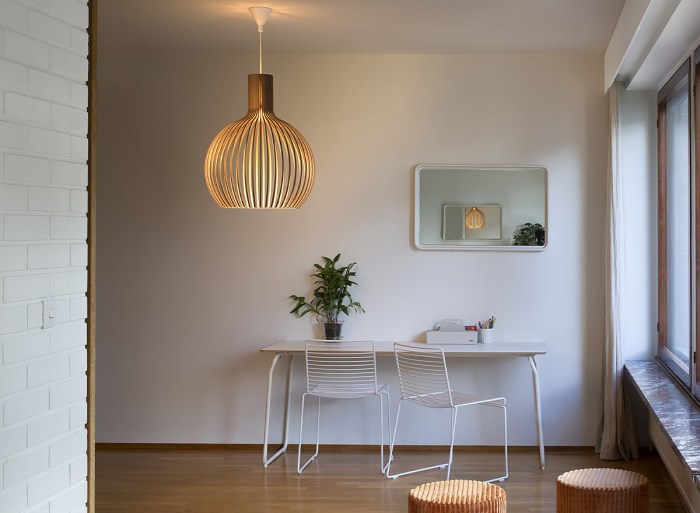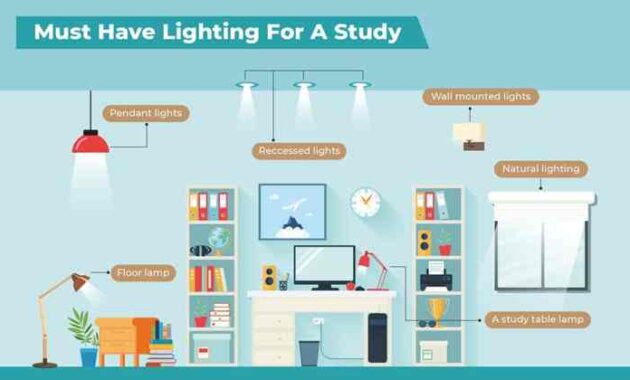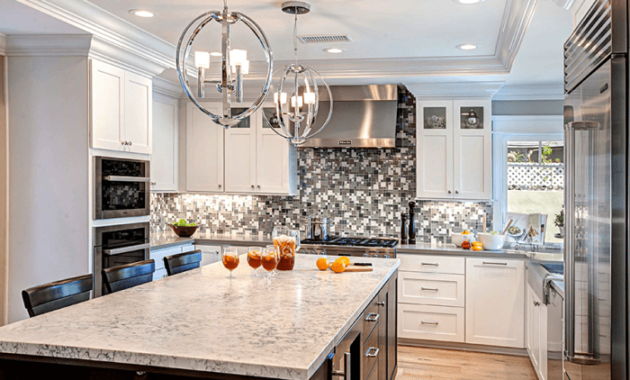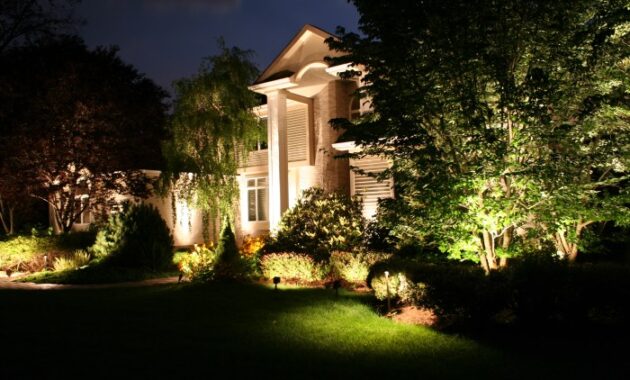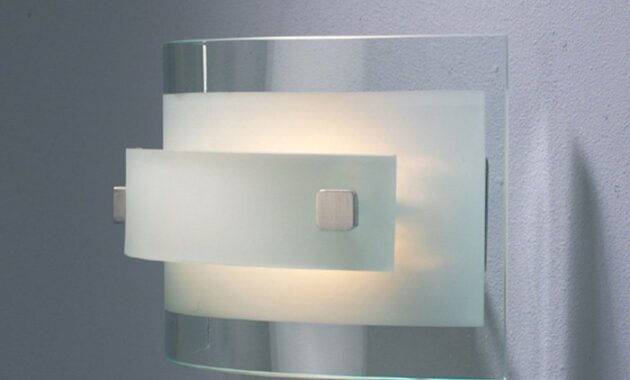Scandinavian lighting style embodies a blend of simplicity and elegance, illuminating spaces with a touch of Nordic charm. Let’s delve into the fascinating world of Scandinavian lighting design.
What is Scandinavian lighting style?

Scandinavian lighting style is a design approach originating from the Nordic countries that emphasizes simplicity, functionality, and a connection to nature. This style focuses on creating a cozy and inviting atmosphere through the use of natural materials, clean lines, and soft, diffused light.
Characteristics of Scandinavian lighting style
- Natural Materials: Scandinavian lighting designs often feature materials like wood, glass, and metal to bring a sense of warmth and nature indoors.
- Clean Lines: The minimalist approach of Scandinavian design is reflected in the clean and simple lines of lighting fixtures, avoiding ornate or elaborate details.
- Functionality: Lighting in Scandinavian style is not only aesthetically pleasing but also serves a practical purpose, providing adequate illumination for different activities.
- Soft, Diffused Light: Rather than harsh overhead lighting, Scandinavian style often involves the use of soft, diffused light sources like pendant lights or floor lamps to create a cozy and comfortable ambiance.
Key elements defining Scandinavian lighting style
- Minimalist Design: Scandinavian lighting is known for its minimalist and uncluttered design, focusing on essential elements and avoiding unnecessary decoration.
- Neutral Color Palette: The color palette in Scandinavian lighting design is typically neutral and light, featuring shades of white, beige, gray, and soft pastels to enhance the sense of airiness and lightness in a space.
- Natural Textures: Incorporating natural textures like linen, wool, or ceramics adds a tactile element to Scandinavian lighting fixtures, contributing to a sense of coziness and warmth.
Color palette commonly used in Scandinavian lighting design
The color palette commonly used in Scandinavian lighting design includes:
- White: Symbolizing purity and simplicity, white is a dominant color in Scandinavian lighting, helping to reflect and enhance light in a space.
- Soft Pastels: Soft shades of pastel colors like pale pink, light blue, or mint green are often used to add a subtle touch of color without overpowering the overall design.
- Neutral Tones: Beige, gray, and taupe are frequently used to create a calming and harmonious color scheme that complements the natural materials and textures in Scandinavian lighting fixtures.
History of Scandinavian lighting style
The Scandinavian lighting style has a rich history that dates back to the early 20th century. This design movement emerged in the Nordic countries of Denmark, Norway, Sweden, Finland, and Iceland, characterized by its minimalist and functional approach to design.
Origins of Scandinavian lighting style
The origins of Scandinavian lighting style can be traced back to the early 1900s when designers in the Nordic countries began to focus on creating simple, yet elegant lighting fixtures that emphasized clean lines and natural materials. Influenced by the principles of modernism and the Arts and Crafts movement, Scandinavian designers aimed to bring light and warmth into interiors in a harmonious way.
- Key designers or design movements
Scandinavian lighting style was heavily influenced by iconic designers such as Poul Henningsen, Alvar Aalto, and Arne Jacobsen. These designers played a significant role in shaping the aesthetic of Scandinavian lighting, with their innovative use of materials and focus on functionality.
Influence of historical events
Historical events such as World War II also played a role in shaping Scandinavian lighting style. During this time, there was a shift towards more practical and accessible designs that reflected the values of simplicity and functionality. This led to the creation of timeless pieces that are still highly sought after today.
Materials used in Scandinavian lighting: Scandinavian Lighting Style

Scandinavian lighting fixtures are known for their use of natural materials, which play a crucial role in the design aesthetics. These materials not only enhance the overall look of the fixtures but also contribute to the cozy and inviting ambiance that Scandinavian design is famous for. Let’s explore the common materials used in Scandinavian lighting and understand their significance.
Common materials used in Scandinavian lighting fixtures
- Wood: One of the most prevalent materials in Scandinavian lighting, wood adds warmth and a touch of nature to the fixtures. Light-colored woods like birch and pine are commonly used.
- Metal: Metals such as brass, copper, and steel are frequently incorporated into Scandinavian lighting designs, adding a modern and sleek element.
- Glass: Transparent or frosted glass shades are popular in Scandinavian lighting, allowing the light to diffuse softly and creating a gentle glow.
- Paper: Paper lanterns and shades made from materials like rice paper are also found in Scandinavian lighting, adding a delicate and ethereal quality.
Importance of natural materials in Scandinavian lighting design
Natural materials play a significant role in Scandinavian lighting design as they align with the core principles of simplicity, minimalism, and connection to nature. These materials help create a harmonious balance between form and function, resulting in timeless and elegant lighting fixtures.
Comparison of materials in traditional vs. modern Scandinavian lighting
| Materials | Traditional Scandinavian Lighting | Modern Scandinavian Lighting |
|---|---|---|
| Wood | Primarily light-colored woods like birch and pine were used. | While light woods are still popular, darker woods like walnut and oak are also being incorporated. |
| Metal | Brass and copper were commonly used for accents. | Steel and matte black finishes are more prevalent in modern designs. |
| Glass | Frosted glass shades were favored for a softer light. | Clear glass and geometric shapes are trending in modern Scandinavian lighting. |
Functionality in Scandinavian lighting design

Scandinavian lighting design is known for its emphasis on functionality, combining practicality with simple and elegant aesthetics to create fixtures that enhance the overall ambiance of a space.
Integration of functionality in design
Scandinavian lighting fixtures are designed with a keen focus on functionality, ensuring that each piece serves a practical purpose while also adding a touch of style to the space. For example, pendant lights with adjustable heights allow for customizable lighting options based on the needs of the room.
Innovative designs
Scandinavian designers often come up with innovative solutions that seamlessly blend functionality and aesthetics. For instance, floor lamps with built-in shelving units provide both lighting and storage space, maximizing the utility of the fixture while maintaining a sleek and modern look.
Enhancing ambiance
The thoughtful design of Scandinavian lighting fixtures helps create a harmonious ambiance in any space. Soft, diffused lighting from fixtures like paper lanterns or frosted glass pendants adds a cozy and inviting atmosphere, making the room feel warm and welcoming. By prioritizing functionality in their designs, Scandinavian lighting enhances the overall look and feel of a space while still remaining practical and versatile.
In conclusion, Scandinavian lighting style not only brightens up rooms but also adds a touch of sophistication and functionality. Embrace the essence of Scandinavian design in your space today.
Multi-functional furniture is a great solution for maximizing space in small homes or apartments. These innovative pieces of furniture are designed to serve multiple purposes, such as a sofa that can be transformed into a bed, or a coffee table that doubles as a storage unit. With multi-functional furniture , you can save space without sacrificing style and functionality.
When it comes to optimizing space in your home, multi-functional furniture is the way to go. These versatile pieces not only serve their primary purpose but also offer additional functionalities. From beds with storage compartments to coffee tables that can be converted into dining tables, multi-functional furniture is a smart choice for small spaces. By investing in these pieces, you can maximize the functionality of your home without compromising on style.

